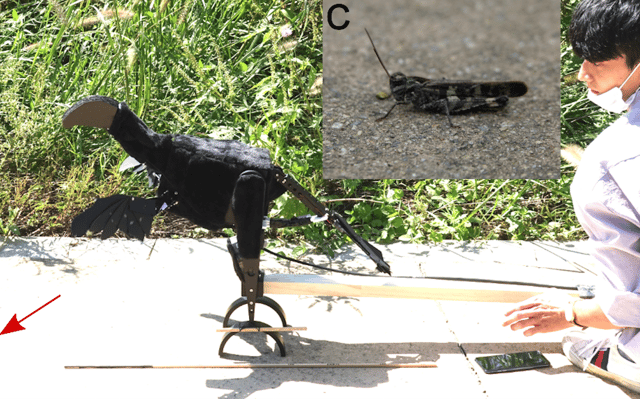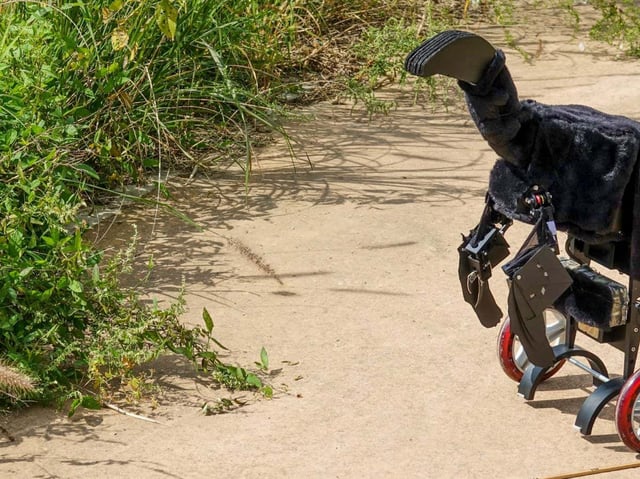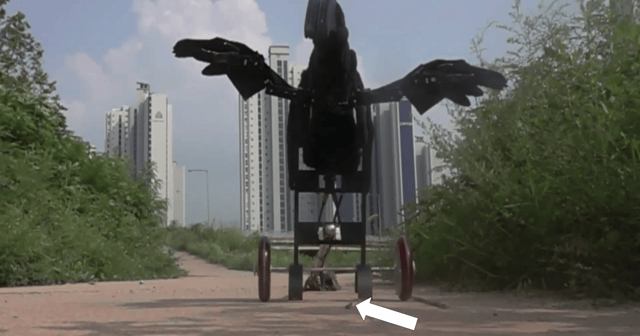Overview
- Dinosaurs might have used feathers on their forelimbs and tails to flush out and pursue their prey, according to a new study.
- A team of scientists built a robot, named 'Robopteryx', that resembles the morphology of Caudipteryx, a small feathered dinosaur, to test the 'flush-pursue hypothesis'.
- The 'flush-pursue hypothesis' suggests that small dinosaurs with proto-wings used a similar strategy to some birds, using wings and tail displays to visually flush out hiding prey and then pursue the flushed prey.
- Experiments with 'Robopteryx' showed that grasshoppers, which likely co-existed with pennaraptoran dinosaurs, escaped more frequently when proto-wings were present on the forelimbs, especially when they had white patches, and when tail feathers were present, particularly when the area of tail feathers was large.
- The researchers propose that using plumage to flush prey could have led to the development of larger and stiffer feathers, as these would enable more successful pursuits and more pronounced visual flush-displays.



